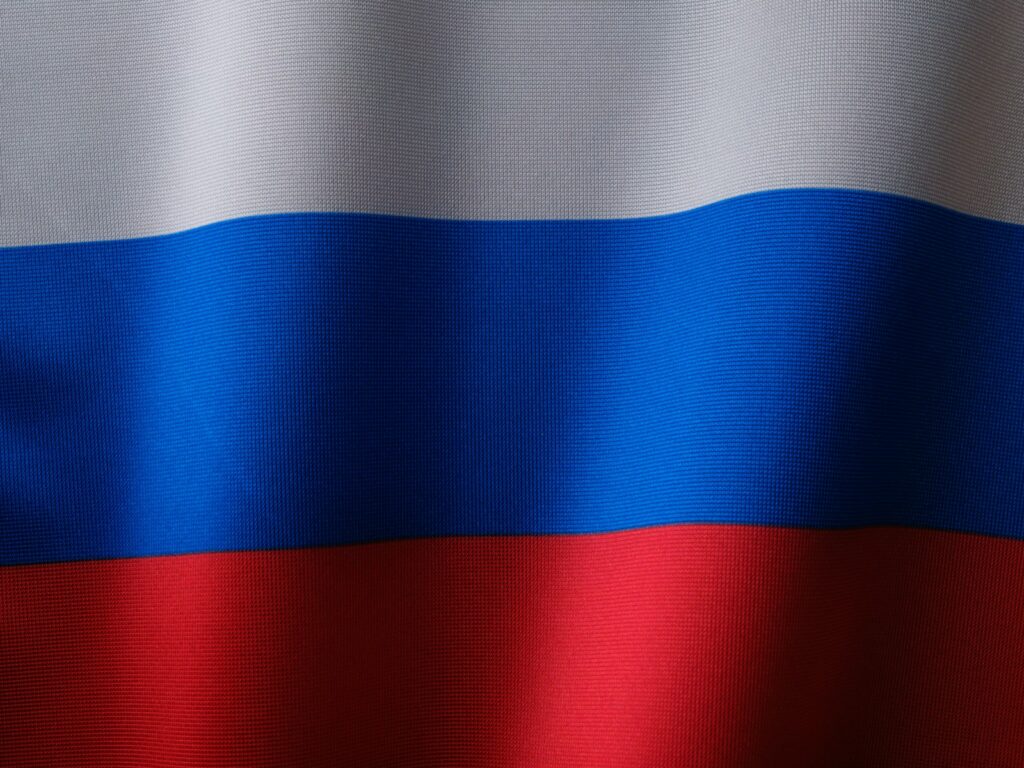Key Points:
- The Bank of Russia plans to launch the digital ruble payment infrastructure by July 2025.
- Major banks will be required to offer digital ruble services by the deadline, with smaller financial institutions following.
- Retailers will need to accept digital ruble payments, increasing efficiency and reducing costs.
- Citizens and businesses can use digital rubles alongside traditional payment methods.
- A pilot program, including 12 banks and several thousand participants, is already underway.
The Rise of the Digital Ruble
In a significant move toward digital transformation, Russia’s central bank has announced plans to launch a digital ruble payment infrastructure by July 2025. This marks a major step in the country’s financial evolution, aiming to enhance payment efficiency and reduce transaction costs. As the world moves toward Central Bank Digital Currencies (CBDCs), Russia’s initiative highlights the growing trend of nations adopting digital currencies to keep up with technological advancements and streamline their financial systems.
The Bank of Russia’s Digital Ruble Strategy
The digital ruble, a CBDC initiative by the Bank of Russia, is set to become an integral part of the country’s financial ecosystem. By 2025, major banks will be required to provide services such as digital ruble accounts, transfers, and payments. These banks will act as the backbone of the new digital currency, ensuring its smooth adoption by the public. Smaller financial institutions will have until 2027 to join this network, further ensuring the digital ruble’s widespread availability across the nation.
Russia’s government, led by the central bank, views the digital ruble as a way to streamline the existing payment systems. With this digital currency, the country hopes to reduce the reliance on traditional cash transactions, which are slower and more expensive. The infrastructure for this system is currently under development, and testing has already begun with a pilot program involving several banks and participants.
Participation of Banks and Financial Institutions
By July 2025, major banks in Russia will be mandated to offer services related to the digital ruble, ensuring that the necessary infrastructure is in place for consumers and businesses. These services will include digital ruble accounts, the ability to make transfers using the new currency, and enabling payments for goods and services. While larger banks will meet this deadline, smaller financial institutions will have an extended period, with a deadline set for July 2027.
The Bank of Russia’s tiered approach ensures a gradual and controlled rollout of the digital ruble, giving financial institutions time to prepare for the technical and operational requirements needed to support this new payment system. Larger banks, with more resources and experience, are expected to pave the way for a smooth transition, with smaller institutions following suit over time.
Impact on Retailers: Adopting Digital Ruble Payments
Retailers will also play a crucial role in the adoption of the digital ruble. By 2025, any business with an annual revenue exceeding 30 million rubles will be required to accept payments made in digital rubles. This mandate ensures that consumers can use digital currency in everyday transactions, from shopping to paying for services. The transition to digital payments is expected to reduce the costs associated with traditional payment methods, benefiting both businesses and customers alike.
Smaller retailers and businesses will be given an additional two years to adjust to this new reality, with their compliance deadline set for 2027. By then, the expectation is that the majority of transactions in Russia will be conducted digitally, further integrating the digital ruble into the fabric of the country’s economy.

Citizens’ Experience with the Digital Ruble
One of the key promises of the digital ruble is that transactions for citizens will be free of charge. This contrasts with traditional banking services, where fees can be incurred for transfers or payments. With the digital ruble, individuals can transfer and spend money without worrying about additional costs, making it a more attractive option for many. Furthermore, businesses will have the option to choose between receiving payments in digital rubles or traditional rubles, allowing them flexibility during the transition period.
This level of accessibility is expected to drive widespread adoption, as the convenience of digital transactions appeals to both consumers and businesses. The digital ruble’s cost-effectiveness could become a key factor in its success, especially in a country where many are still reliant on cash for everyday transactions.
Ongoing Pilot Program
The Bank of Russia has already launched a pilot program to test the digital ruble’s functionality, which includes 12 participating banks and thousands of individuals and companies. As of September 1, 2024, the program had expanded to include 9,000 individuals and 1,200 businesses. This program serves as a testing ground for the eventual nationwide rollout, allowing the central bank and other stakeholders to identify any technical or operational challenges before full implementation.
The pilot’s success will be crucial in ensuring that the digital ruble is a viable alternative to cash and card-based payments. Lessons learned from this program will help shape the future of the digital ruble, providing insights into user experience, security measures, and the potential challenges of scaling the system to serve the entire population.
Digital Ruble as a Tool for Efficiency
The digital ruble promises to make payments more efficient and reduce costs for both consumers and businesses. Traditional payment methods, such as cash and bank transfers, often come with fees and delays that can hinder economic activity. With the digital ruble, the central bank hopes to eliminate these inefficiencies, creating a faster, cheaper, and more reliable payment system.
Moreover, by providing a government-backed digital currency, the Bank of Russia aims to reduce reliance on foreign payment systems, such as Visa and Mastercard, which are often subject to geopolitical tensions. The digital ruble can serve as a means of strengthening Russia’s financial independence, especially as the country faces increasing economic sanctions and restrictions on the global stage.
The Global CBDC Landscape
Russia’s move toward a digital currency is part of a broader global trend. Countries like China, the European Union, and the United States are all exploring the implementation of CBDCs. The race to develop a functioning and widely accepted digital currency is driven by a combination of factors, including the desire for more efficient payment systems, financial inclusion, and the need to compete with decentralized cryptocurrencies like Bitcoin and Ethereum.
As these digital currencies evolve, governments are also keen to maintain control over monetary policy and prevent the proliferation of unregulated cryptocurrencies. CBDCs offer a way for central banks to leverage the benefits of blockchain technology while ensuring that they retain control over the financial system.
A New Era of Digital Payments
The introduction of the digital ruble represents a significant shift in Russia’s financial system. By launching a CBDC, the country is positioning itself at the forefront of digital payment innovation. With major banks, retailers, and citizens all set to participate in this transition, the digital ruble is expected to bring numerous benefits, including increased efficiency, reduced costs, and greater financial independence.
The pilot program and gradual rollout plan ensure that this transition will be carefully managed, with lessons learned along the way to inform the final implementation. As other countries move forward with their own CBDCs, the world is on the cusp of a new era in digital payments, and Russia’s digital ruble could play a key role in shaping the future of global finance.


